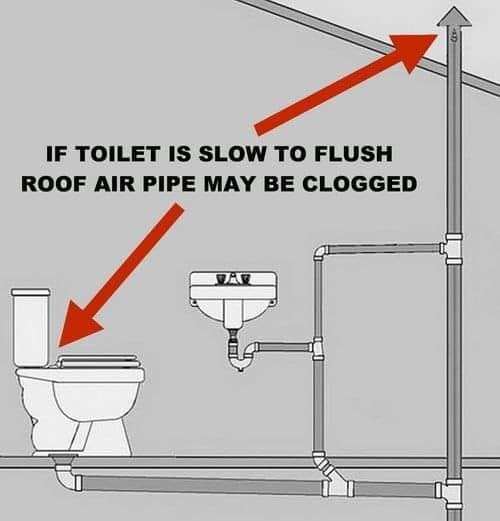Step-by-Step Solutions
1. Check the Water Level in the Tank
Ensure that the water level in the toilet tank is at the correct height. It should be about 1 inch below the overflow tube. If the water level is too low, adjust the float valve to increase the amount of water in the tank. This adjustment helps provide a stronger flush.
2. Inspect the Flapper
The flapper valve controls the flow of water from the tank to the bowl. If the flapper is worn or doesn’t seal properly, it can lead to weak flushing. Inspect the flapper for signs of wear or damage and replace it if necessary. Flapper replacements are available at most hardware stores and are relatively easy to install.
3. Use a Plunger
A plunger can help dislodge minor blockages that may be causing slow drainage. Use a flange plunger (specifically designed for toilets) for best results. Ensure you create a proper seal around the drain and plunge vigorously several times.
4. Try a Toilet Auger
If plunging doesn’t resolve the issue, use a toilet auger (or plumbing snake) to reach deeper blockages. Insert the auger into the toilet bowl and carefully twist it to break up or retrieve any obstruction. Be cautious not to scratch the porcelain with the auger.
5. Check the Vent Pipe
A blocked vent pipe can cause slow drainage by preventing proper air flow. The vent pipe typically extends from the roof of your home and allows air to enter the plumbing system. If you suspect a blockage, inspect the vent pipe for debris, leaves, or nests. If you’re not comfortable with roof work, consider calling a professional plumber.
6. Clean the Rim Holes
The rim holes under the toilet bowl’s rim can become clogged with mineral deposits over time. Use a small brush or a wire hanger to clean these holes and ensure they are clear. This can improve the flow of water into the bowl during flushing.
7. Enzyme Cleaners
If there’s buildup in the pipes that you can’t physically remove, consider using an enzyme cleaner designed for toilets. These cleaners help break down organic waste and can assist in clearing minor blockages. Follow the product instructions carefully.
When to Call a Professional
If you’ve tried these solutions and the problem persists, it might be time to call a professional plumber. Persistent slow flushing and incomplete emptying can sometimes indicate more complex issues, such as a deeper blockage or problems with the main sewer line. A professional can provide a thorough inspection and advanced solutions to resolve the issue.
Conclusion
A toilet that flushes slowly and doesn’t fully empty can be a sign of various issues ranging from minor blockages to more significant plumbing problems. By following the steps outlined above, you can often diagnose and fix the issue yourself. However, don’t hesitate to seek professional help if the problem persists or if you’re unsure about performing any of the steps.
Regular maintenance and prompt attention to plumbing issues can help prevent future problems and keep your toilet functioning properly.




